Using a spreadsheet or a diary to keep track of your contacts might be helpful for now.
But if you want to keep your lead conversion and contract renewal rates high, you must have a robust management system in place.
Even if you do your lead segmentation right, remembering and updating each lead’s individual needs and preferences can be physically impossible if you scale your business.
You need an effective contact management system and this post will show you how to do this.
What is Contact Management?
Contact management is strategically organizing and nurturing relationships with potential customers (leads) and existing clients.
You do this by having a centralized database for your contacts, also known as a contact management system, where you store all the details like names, companies, job titles, previous purchases, previous support tickets, preferences, and more.
Now, contacts aren’t only your leads. They are key people in your business, so they could also be your suppliers, business partners, existing customers, and more.
Once you have a good contact management strategy, you can build the foundation of a solid sales pipeline.
Why Should You Prioritize Effective Contact Management
Contact management should be one of your top priorities as a B2B salesperson or business owner because you get;
- A more centralized data point
Instead of spending valuable time finding details about a client or a lead across several Excel sheets, apps, or diaries, you have one central database that has every detail you need for personalized outreach.
- Better client relationships
Good contact management allows you to have all the information you need to make every interaction with your stakeholders a personalized one.
For example, when meeting a lead after a discovery call, you’re reminded of what they are looking out for and you can include that in your pitch.
With existing clients, you can increase customer satisfaction and retention rates by simply using these details well.
- Increased productivity
Depending on what contact management system you use, you can even automate tasks like sending emails, setting reminders for callbacks, and so much more.
This gives you the time to work on other priority or demanding tasks.
- Higher sales and revenue
A happy client is a paying client. So, the more your existing clients are satisfied, the more renewals you’ll get.
This also applies to your leads. When they are happy with your approach, they’d be easier to convert.
- Better team collaboration
When you have a centralized contact database, teams can work together seamlessly to improve customer experience. For example, your sales team can better address customer pain points the support has logged in because they now know it exists.
What is a Contact Management Software?
Contact management software is an advanced digital address book that allows you to store, organize, and find information about your business contacts.
With this software, you can save important information like emails, websites, addresses, social media, and notes, personalize future interactions, and automate tasks like setting up reminders or even sending emails.
Since B2B sales involve a series of buying decisions, with a good contact management system, you can track interactions (emails, calls, meetings) with each contact, allowing you to personalize your outreach and build stronger relationships.
The Major Difference between a CRM and a Contact Management System
Now you might be thinking, how is it different from a CRM?
While a contact management system or software is similar to a CRM, they differ based on so many factors, including:
1. Purpose
A contact management system seeks to organize information about your business contacts. A CRM, on the other hand, organizes your contacts and helps you nurture relationships for either converting leads, retaining existing users, or driving revenue.
2. Key Features
A contact manager would include centralized storage for contact details, being able to segment and filter them, as well as other helpful features like email and notes.
A CRM has advanced features for lead scoring, qualification, sales pipelines, and automation, as well as other tools like marketing automation, customer support features, and more.
While it can store contact information, it also includes more details like lifetime revenue, analytics, and reporting.
3. Team owners
CRM is mostly used by sales teams to get leads through the sales funnel while a contact management system is used by different teams like sales, customer support, marketing, and even operations.
4. Pricing
Contact management systems are generally more affordable compared to CRMs. But this is mostly because of the extensive features and functionality available on CRM.
Should I Use a CRM or Contact Manager for My Business?
Thinking about whether to invest in a CRM or a contact manager for your business? Well, choosing an option depends entirely on where you are now and where your priorities lie.
For example, if you have a relatively small team and you just want to simply organize and manage your business contacts, then a contact manager is what you need.
Since it’s more affordable, you wouldn’t have to worry about taking a large sum out of your marketing budget for one tool. Many contact management systems also offer free plans with basic functionality.
However, if your B2B team is a big one with multiple sales stages and complex funnels, then you should opt for a CRM.
This is because a CRM will offer more advanced features to score your numerous leads while integrating with existing tools.
It’s also great to start with a CRM especially if you have campaigns that will likely increase your customer base because you’ll need it then. In fact, revenue can increase by 245% when a business uses a CRM
CRM is also a great option for marketing automation, especially for multiple customer segments.
When you have a well-segmented customer database, it becomes easier to create multi-channel campaigns to engage them where they frequent.
How to Find the Best Contact Management Software?
Now, there are currently many types of contact management software available in the market.
But, to get value for your money and avoid acquiring more tools to your stack later on, you want to look out for some of these features:
Data Management
For starters, your software should have the basics of data management like being able to identify and merge duplicate contacts, verify new contacts before adding them to your database, and more.
It should also be synced across all teams so everyone is up-to-date on where a contact is in the business.
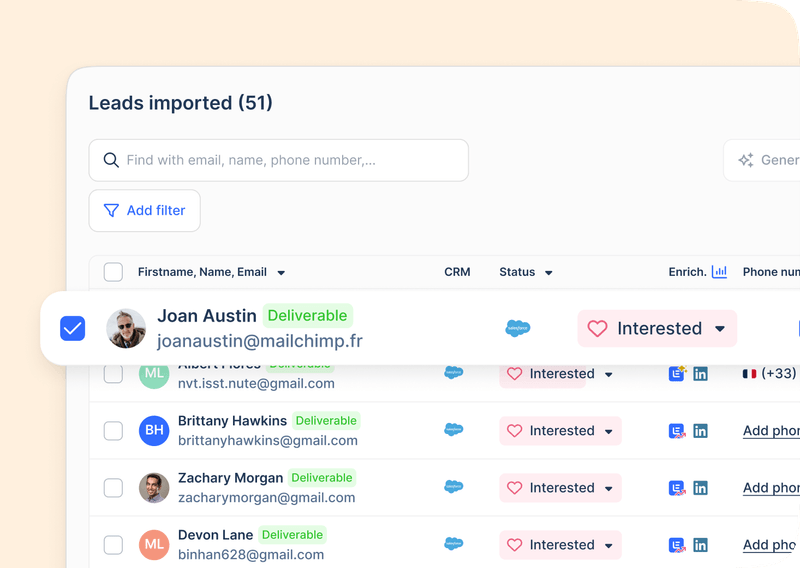
Lead Finder
While organizing your contacts is a must-have feature, it’s also a bonus if your tool can help you find verified B2B leads.
Generating leads as a business is time-consuming and expensive so having a tool like lemlist that automates that is a great way to save extra money in the long run.
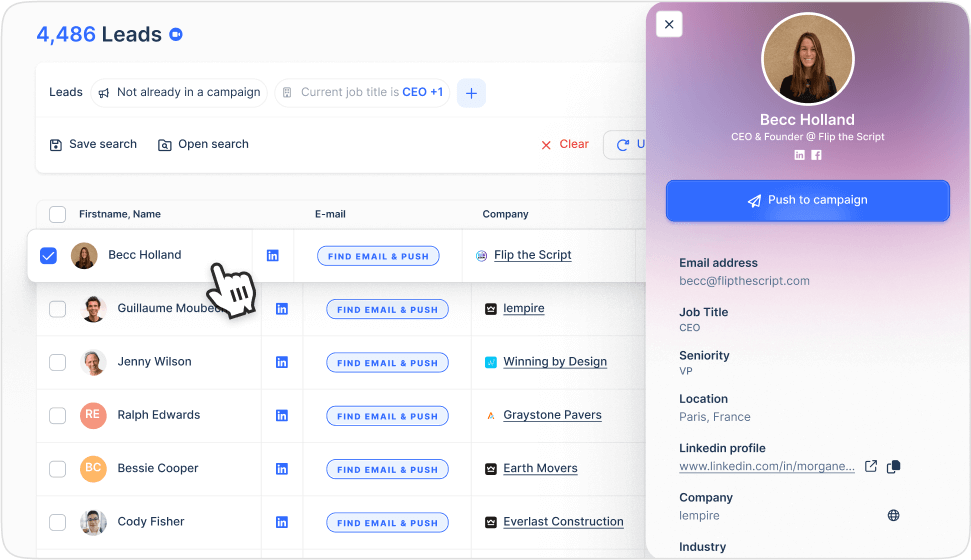
Personalization
What’s the point of having all that information about your contacts if you can’t use them to your advantage? Your contact manager should be able to personalize your messaging at a larger scale using custom text, videos, and even dynamic landing pages to appeal to the right audience.
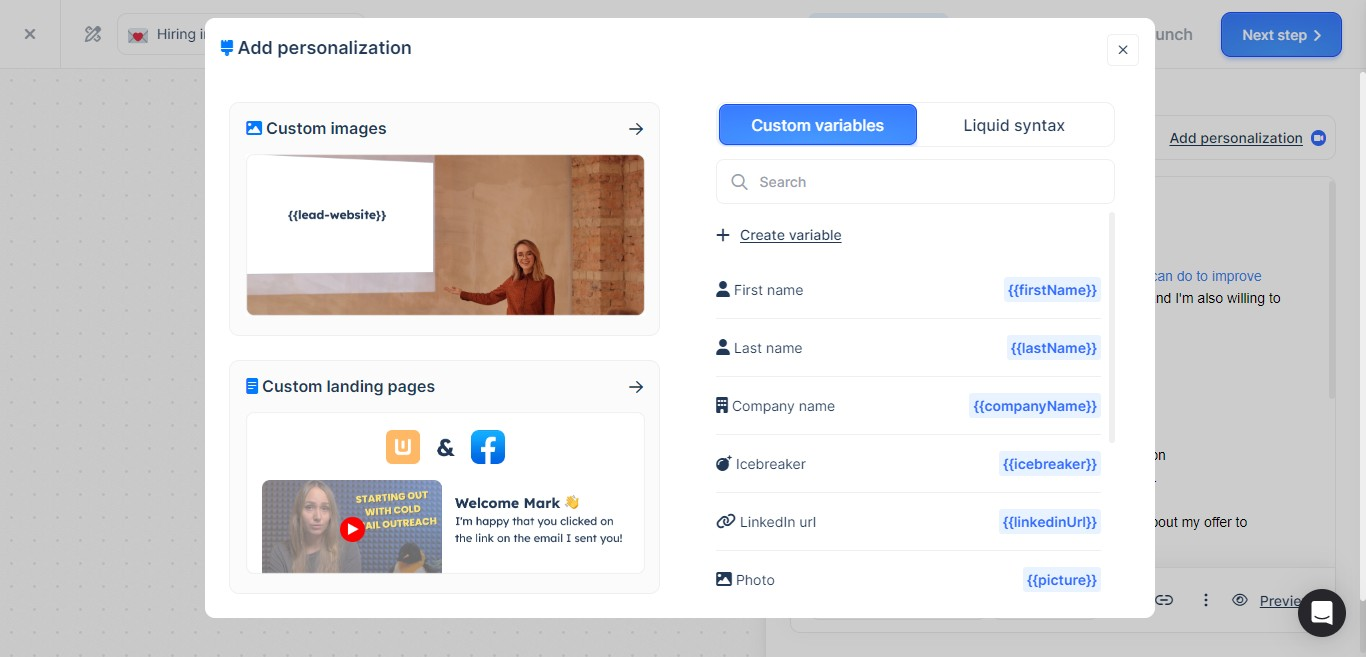
Multi-channel outreach
Automated email workflows shouldn’t be the only thing your tool can do. You should be able to send messages where your contacts can engage with them. For example, send a message on Linkedin, respond to their tweets, and even place a cold direct call all from one software.
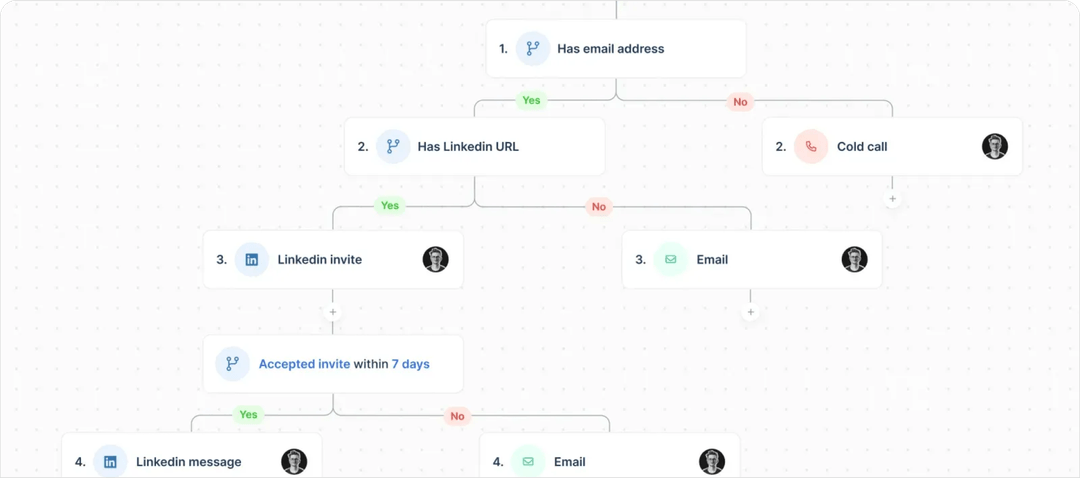
Analytics and Insights
In addition to understanding what is working from what isn’t, your contact management system or CRM should be able to help you make more revenue.
So, when you use good software, you can get revenue forecasting and other performance reports to help you optimize your sales pipeline and overall strategy.
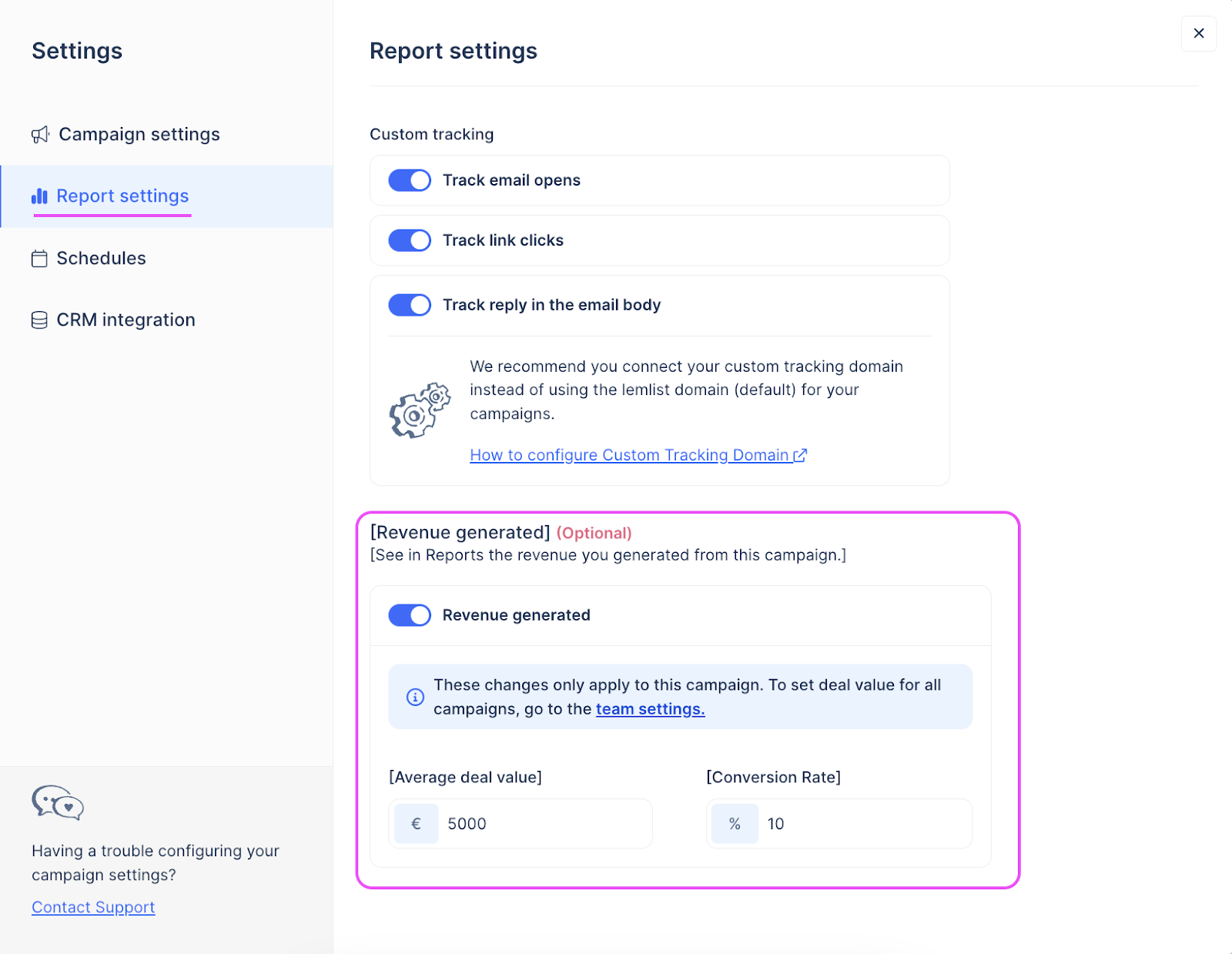
Fortunately, lemlist has all of these features and more. But don’t just take our word for it.
Look through reviews listed online, take recommendations from your network, and use the 14-day free trial to see if they align with your long-term goals.
Your source of actionable outreach tips and strategies that will help you get replies and grow your business.

